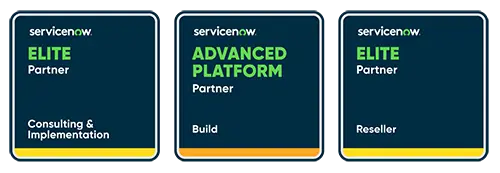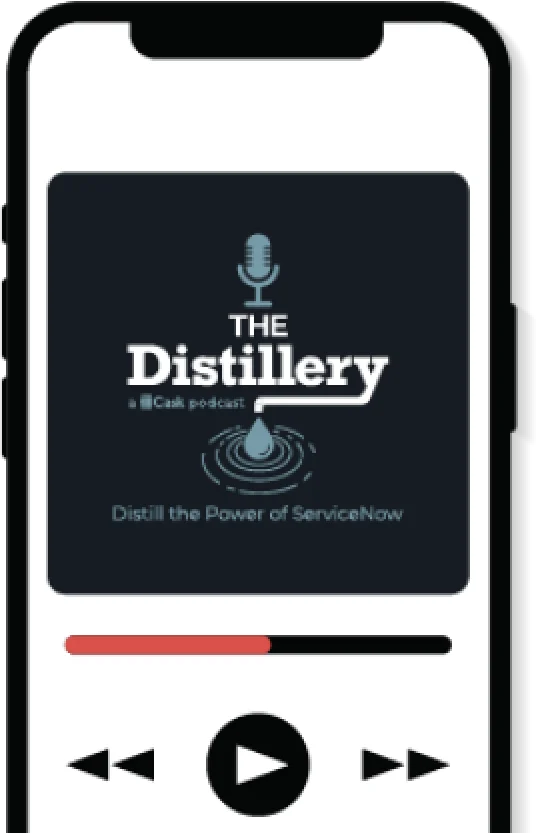Operating and maintaining an accurate configuration management database (CMDB) can be challenging even under the best conditions, but many organizations lack the necessary plan to make that happen. As IT evolves in a fast-paced digital environment, providing reliable data to enable IT activities and decision-making is essential for success. However, organizations must first identify and resolve the common CMDB challenges that can impede its progress.
What is a CMDB?
A Configuration Management Database (CMDB) stores information about all IT environment hardware and software components. This critical part of the Information Technology Infrastructure Library (ITIL) framework enables effective oversight and administration of organizational assets, known as Configuration Items (CI). It provides more insight into how they interact across the enterprise.
A CMDB can track buildings, software, products, and systems. Providing an organized, up-to-date catalog of asset configurations and relationships, a CMDB can assist in making crucial business decisions and executing more effective ITSM operations. This centralized record of all company's assets can also help firms respond faster to occurrences, identify and resolve problems, and improve decision-making, network component deployment, and budget forecasting.
Five common CMDB challenges
CMDB is a versatile platform that can develop and grow with your business; however, taking full advantage of its capabilities requires first understanding where you can go wrong. Common CMDB challenges that often require clarification include the following:
1. Costs of keeping correct CI data
With a rise in asset volume, the high cost of maintaining the correctness of data in a CMDB increases dramatically. Maintaining sophisticated precedence rules at the CI attribute level is required to automate this job. When asset counts reach thousands, manual reconciliation becomes prohibitively expensive and prone to human mistakes.
2. Inaccurate discovery of clouds and containers
Virtual, cloud, and containerized systems can only exist for a limited time when there is a lot of demand. It is necessary to extract their existence from log files. Like physical servers, virtual systems must verify their configurations for billing, software license use, and security vulnerabilities.
3. Maintaining the human expertise required for CMDB updates
Maintaining a CMDB is a skilled task. There must be no duplicate or missing assets, and organizations must fill attribute values connected with each asset record or Configuration Item (CI) with the most reliable data. When setting precedence rules for large CMDBs with thousands of values, management should retain trained personnel who can reliably analyze conflicts.
4. Maintaining CI data raises compliance concerns
Vendors frequently surprise firms with license compliance audits, which an accurate CMDB can help mitigate. However, organizations must use internal resources to verify data without a reliable license count. Alternatively, businesses can utilize the vendor's data at an increased service cost.
5. Consolidating data from several discovery tools or databases
A CMDB is an excellent place to consolidate data because multiple business areas – asset management, IT services, and operations – use the system. Because most CMDBs include data from discovery tools, this information typically must be checked and supplemented with data from other sources to be helpful to all necessary functions.
Five effective solutions
Now that you understand some common challenges with CMDB, follow these five criteria to help you start a CMDB program and see it through to completion:
1. Understand why the organization should utilize CMDB
State and document the problem you're trying to solve. This starting point will make it easier to understand the road to the correct answer and prevent you from adding features that aren't directly related to the problem.
2. Research and understand why CMDB failed in the past
Management should identify why prior CMDB initiatives failed. Data difficulties, data ambiguity, life cycle, contract concerns, and a lack of defined purpose around the usage of CMDB data are among the top issues.
3. Start the process with a crucial but (relatively) simple and achievable task
Begin with a limited universe of understandable and manipulable data points (CIs) in the CMDB. Starting with an organization's top two or three software applications, for example, is manageable yet still a high-value outcome on which to concentrate.
4. Align metrics from top to bottom
Establish the highest-level key performance indicators (KPIs), then identify the levels below each service level that work together to guarantee the top-level KPIs are satisfied. Finally, create the metrics and reporting to track it all.
5. Apply what the organization learns
Design and create the whole life cycle solution from the top-down and bottom-up, restricting the data needed to the bare minimum (rather than the maximum) to match the problem statement's requirements.
Maximizing your CMDB capabilities
CMDB is a crucial component of ITIL that helps organizations succeed at all levels. It is a versatile and resilient platform that can develop and grow with your business, reflecting your most up-to-date IT service delivery knowledge and best practices.
However, taking full advantage of the database's capabilities requires the right technology and expertise to guide you through the implementation process.
We’re with you for what comes next
You're working in a rapidly shifting environment.
Global dynamics, AI advancements, heavy competition–the only certainty is change.
We get it. And we’re here to help you harness the full potential of ServiceNow to simplify transformation.
Let's navigate the future together.



We’re with you for what comes next
You're working in a rapidly shifting environment.
Global dynamics, AI advancements, heavy competition–the only certainty is change.
We get it. And we’re here to help you harness the full potential of ServiceNow to simplify transformation.
Let's navigate the future together.



Recommended articles
LET'S INNOVATE
Book a conversation
Cask expertise, on tap, to understand and align to your unique challenges and desired outcomes. Our team will contact you to better understand your needs and set up a meeting with Cask advisors, aligned to your goals.



Sign up for our Distillery Podcast
Stay up to date with the latest episodes







